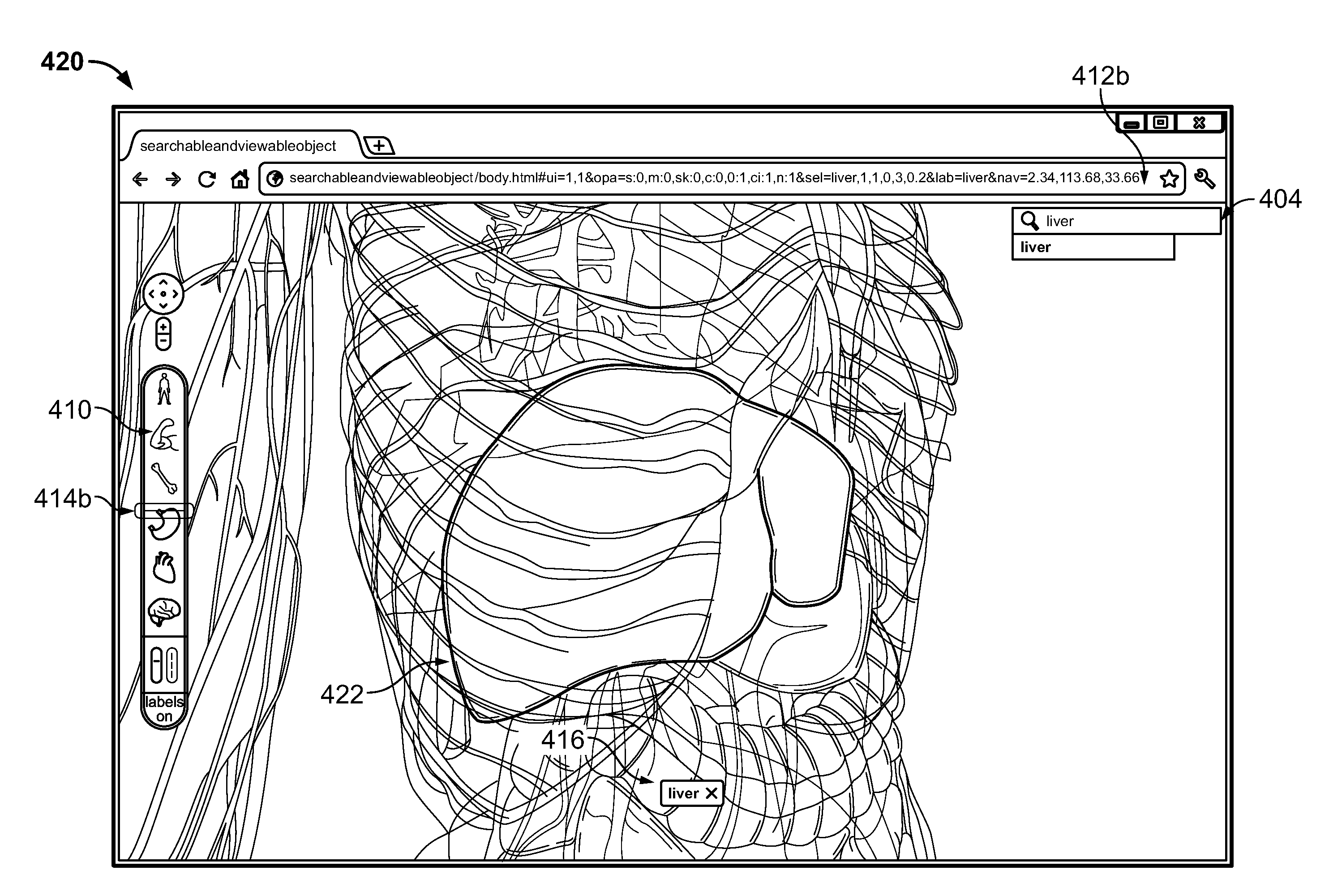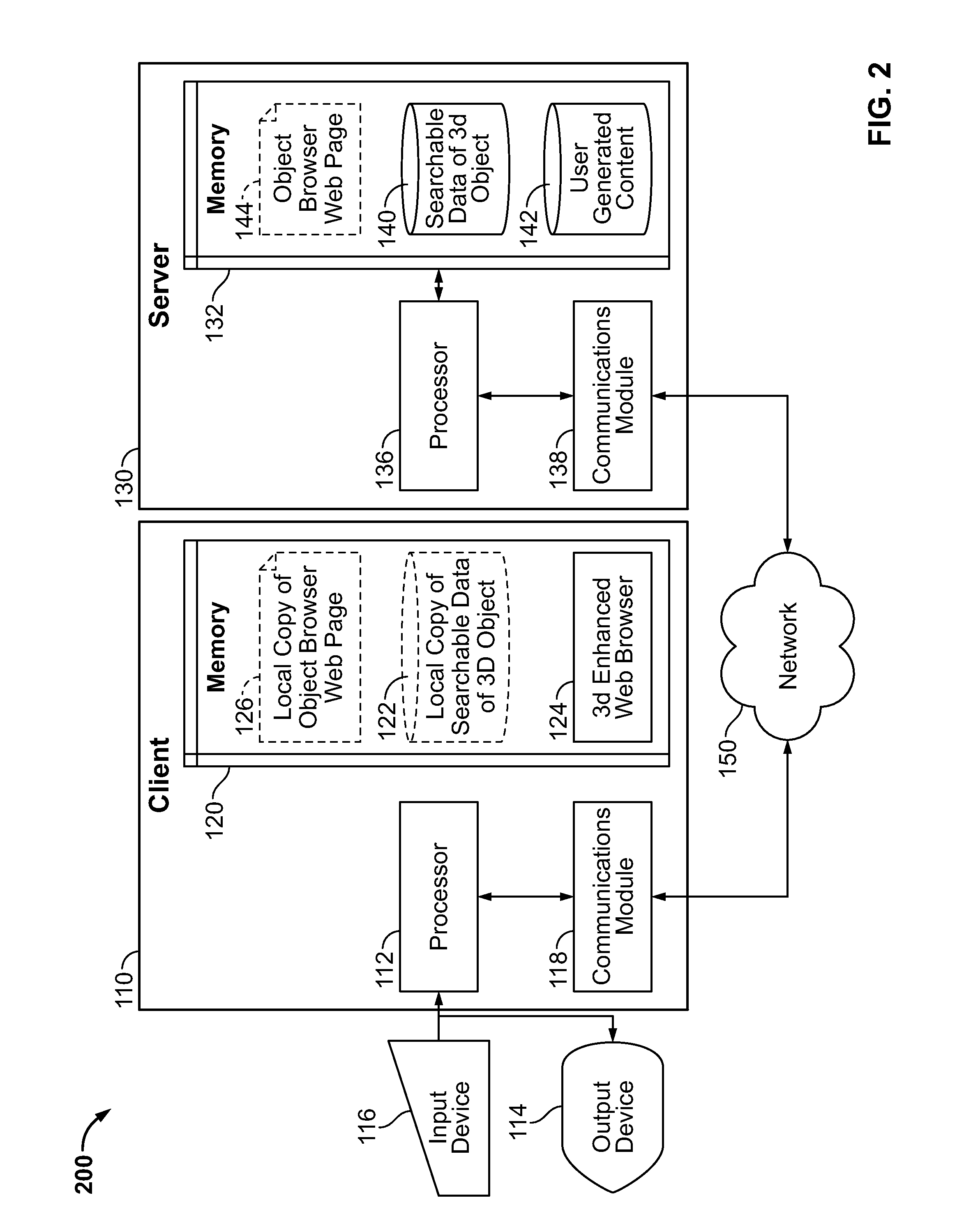Layer opacity adjustment for a three-dimensional object
a three-dimensional object and layer opacity technology, applied in the field of visualizing three-dimensional objects using a, can solve the problems of difficult to locate distinct features or visualize distinct layers, and difficult to adjust the opacity of layers and features of 3d objects, and achieve the effect of reducing the opacity of at least one of the plurality of layers that is passed through
- Summary
- Abstract
- Description
- Claims
- Application Information
AI Technical Summary
Benefits of technology
Problems solved by technology
Method used
Image
Examples
Embodiment Construction
[0023]In the following detailed description, numerous specific details are set forth to provide a full understanding of the present disclosure. It will be apparent, however, to one ordinarily skilled in the art that the embodiments of the present disclosure may be practiced without some of these specific details. In other instances, well-known structures and techniques have not been shown in detail so as not to obscure the disclosure.
[0024]The disclosed system uses a web browser with integrated (e.g., built in) 3D modeling and searching capabilities for viewing and searching a 3D image or object, such as a web browser pre-installed with WebGL. Using the enhanced web browser, the user can view, search and transcend layers of the 3D image, each view having a separate Uniform Resource Locator (URL). For example, a user viewing a 3D model of the human body can start from an external view of the liver and transcend, layer by layer, through the liver in order to view a bile duct, with eac...
PUM
 Login to View More
Login to View More Abstract
Description
Claims
Application Information
 Login to View More
Login to View More - R&D
- Intellectual Property
- Life Sciences
- Materials
- Tech Scout
- Unparalleled Data Quality
- Higher Quality Content
- 60% Fewer Hallucinations
Browse by: Latest US Patents, China's latest patents, Technical Efficacy Thesaurus, Application Domain, Technology Topic, Popular Technical Reports.
© 2025 PatSnap. All rights reserved.Legal|Privacy policy|Modern Slavery Act Transparency Statement|Sitemap|About US| Contact US: help@patsnap.com



